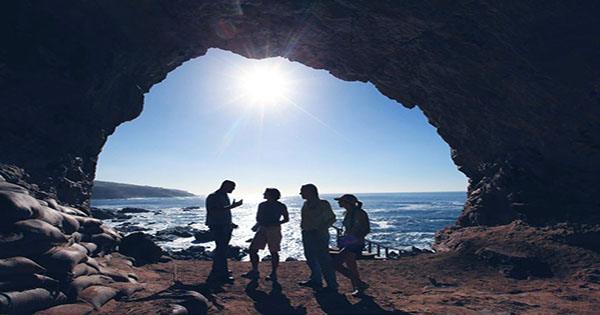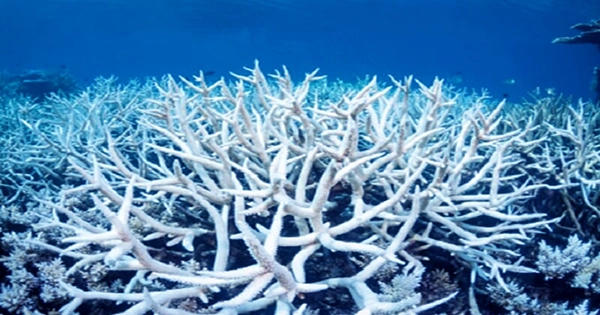According to a recent research, fluctuating climates impacted mankind before people changed the environment. Although the outcome is as expected, providing the proof required an enormous amount of processing resources. The work has already laid the groundwork for solving far more speculative concerns regarding human evolution. Animals adapt to changing climatic circumstances by shifting their range, as we can observe from the species around us. Anthropologists have long speculated that human forebears were the same. However, temperature records from the places where ancient human fossils have been discovered are limited, and the sites themselves may be unrepresentative, so the environmental effect on our evolution remains uncertain.
However, a team led by Professor Axel Timmermann of Pusan National University emphasized that if we know what global conditions were like, we don’t require local proxies to determine the climate at a certain location and time. Timmermann and co-authors in Nature have altered that by extending fine-scaled climate models over considerably longer durations. They used Aleph, one of South Korea’s most powerful supercomputers, for six months to develop the world’s first really comprehensive two-million-year climate model. They next looked at rainfall and plant production, as well as seasonal temperatures, at sites where human fossils and artifacts were discovered during the periods they were discovered.
“While distinct groups of archaic people enjoyed different climates, their habitats all responded to climate fluctuations driven by astronomical changes in the earth’s axis wobble, tilt, and orbital eccentricity with timeframes spanning from 21 to 400 thousand years,” Timmerman said in a release. Aleph had to generate 500 Terabytes of data for the project, which the team estimates would fill hundreds of hard drives.
Timmerman and co-authors scrambled the ages of the evidence of human presence to corroborate their findings. They reasoned that if climate had no impact on where humans choose to reside, this wouldn’t be a problem. Instead, they discovered that Homo sapiens, Neanderthals, and H. heidelbergensis vanished from areas of their range when circumstances became unfavorable, then resurfaced when the conditions were favorable. The scientists next utilized their model to address further open concerns, the first of which was whether distinct human species’ environments would have overlapped. This information may then be utilized to determine when species may have come into contact, resulting in interbreeding.
Homo heidelbergensis divided into two lineages, one in Eurasia and the other in Africa, according to the authors. The Eurasian line may have shared space with Neanderthals and, most likely, Denisovans between 400,000 and 500,000 years ago, implying that this is where those species developed. Homo sapiens arose 300,000 years ago from the southern African branch of the human family, with a preference for drier conditions. “Our climate-based reconstruction of hominin lineages is pretty comparable to current estimates generated from either genetic data or physical distinctions in human fossils,” stated co-author Dr Jiaoyang Ruan.
Looking further back, the researchers discovered a significant shift in our forefathers’ tastes. “Early African hominins favored steady climatic conditions approximately 2-1 million years ago.” “This limited them to rather small livable pathways,” said Elke Zeller, a student at Pusan National University. Around 800,000 years ago, H. heidelbergensis diversified their nutritional preferences and began moving to a wider range of habitats than its progenitors, H. habilis and H. ergaster. Humans in subsequent generations have retained this flexibility, despite the fact that some species, such as H. floresiensis, were omitted from the study due to a lack of remains.
Not only has this allowed humans to inhabit a wide range of environments, but it has also helped us as global climate cycles have accelerated. Timmerman explained, “We are who we are because we have managed to adapt over millennia to modest variations in the previous climate.” It remains to be seen if we will be able to cope with the climatic changes we are causing at a rate at least 10 times quicker than any of our forefathers.
















